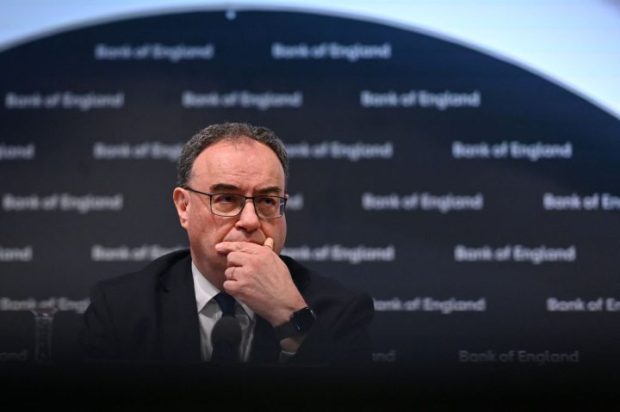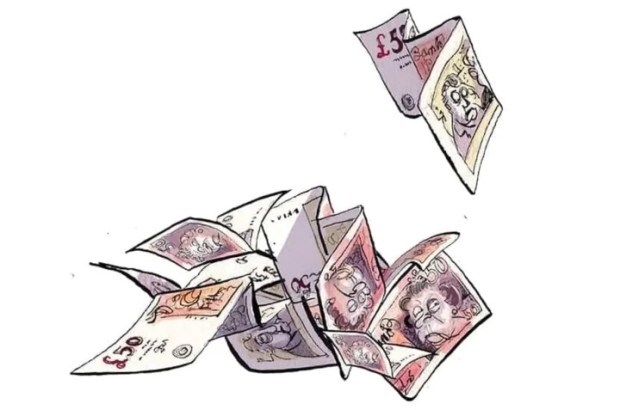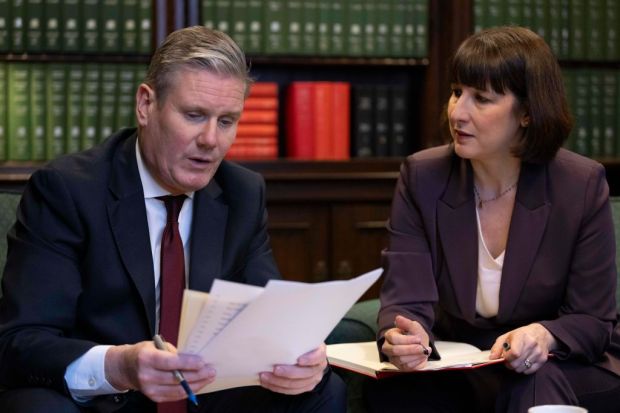It’s no surprise that the bill for Covid-19 keeps racking up. The Office for Budget Responsibility’s latest forecast predicts borrowing will reach £355 billion for the financial year: decisions to extend furlough, boosting public sector spending and supporting businesses that have been closed for months at a time all come with a price tag attached.
But that doesn’t stop the sums from creating shock and awe each time they’re announced. Today’s update from the Office for National Statistics shows that government borrowing hit £19 billion last month — more than £17 billion from the previous year and the highest borrowing recorded for February since records began in 1993.
 Source: ONS. The substantial increases in borrowing in recent months reflect the emerging effects of government coronavirus policies. Public sector net borrowing excluding public sector banks, UK, the current financial year-to-date (April 2020 to February 2021) compared with the financial year ending March 2020 (April 2019 to March 2020)
Source: ONS. The substantial increases in borrowing in recent months reflect the emerging effects of government coronavirus policies. Public sector net borrowing excluding public sector banks, UK, the current financial year-to-date (April 2020 to February 2021) compared with the financial year ending March 2020 (April 2019 to March 2020)
Operating on the assumption that borrowing this year was going to be off the charts — something akin to wartime spending — there are some positives to take away from today’s update. While February borrowing broke records, it was roughly £2 billion less than economists had expected, indicating that total borrowing for the year may fall short of the OBR’s most recent forecast.
What’s more, the majority of excess borrowing was made up of additional government spending on emergency measures rather than a shortfall in tax revenue. Capital Economics notes that revenue was ‘only a little lower this February than at the same time last year at £63.2 billion vs £64.1 billion’, suggesting yet again that businesses have evolved and adapted to find ways to stay active during this lockdown.
These signs of an active economy give hope to the idea that normality will spring back even faster than predicted — something Andrew Bailey, governor of the Bank of England, hinted at earlier this week. He told the BBC there was a chance of the economy returning to its pre-Covid levels before the end of the year.
But if the reality proves to be slightly better than current forecasts, that still doesn’t cancel out the immense amount of damage that has been done to the UK economy, or indeed the public finances. With the Treasury set to borrow another £234 billion over the next financial year (and an additional £100 billion beyond that) getting the books not even balanced, but simply under control, is going to need big plans to grow the economy and potentially difficult decisions along the way.
Got something to add? Join the discussion and comment below.
Get 10 issues for just $10
Subscribe to The Spectator Australia today for the next 10 magazine issues, plus full online access, for just $10.



















Comments
Don't miss out
Join the conversation with other Spectator Australia readers. Subscribe to leave a comment.
SUBSCRIBEAlready a subscriber? Log in